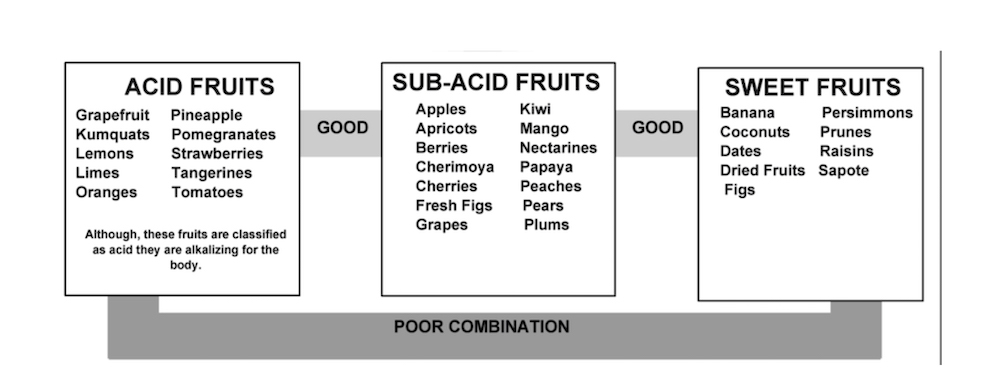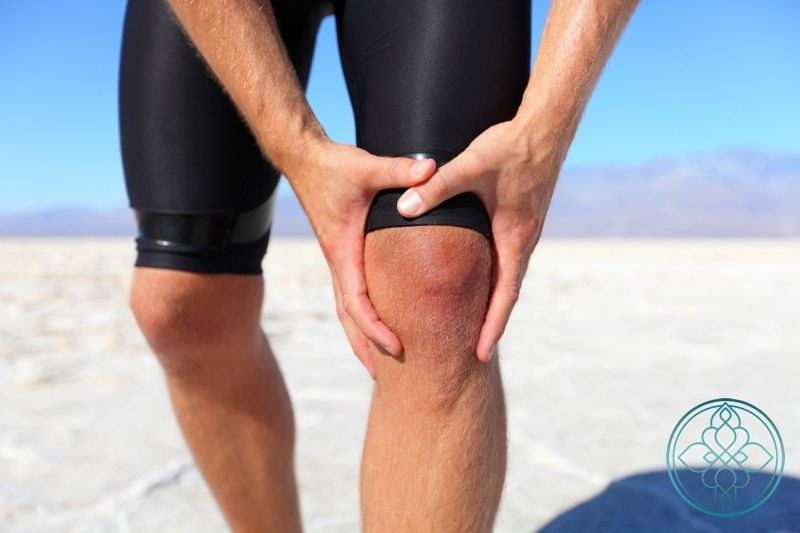Learn how red blood cells are related to sore muscles and joints and how the right nutritional support can offer answers for how to manage pain.
Did you know your sore muscles and joints might be telling you your digestion is off?
If you’re wondering how this could be true, let me explain.
I practice photo comparative live blood cell analysis, and one common complaint I get from those whom I consult with is how stiff, sore and achy they feel.
It’s truly astounding what the blood can reveal about your body and what could be contributing to these sore muscles and joints.
This post discusses how red blood cells function, how they’re related to pain, and how proper nutrition can offer solutions for how to manage that pain.
How Live Blood Cell Analysis Relates to Pain
Let me give you a little science background, from the perspective of a photo comparative blood analyst.
Red blood cells should be free-floating and separate because each cell has a negative charge that repels the others.
When we see individual cells, this indicates that the person’s nutrient absorption is good. If we see red blood cells all stuck together it indicates that there is a positive charge on them and this means that the assimilation of nutrients in the small intestine is poor, which contributes to inflammation in the body.
Generally, this is triggered by a lack of enzymes in the upper digestive tract and organs like the liver, pancreas, and gallbladder, which all work together to help with the chemical digestive process.
If intestinal permeability is compromised and the enzyme action is poor, then those larger undigested food particles like proteins and lipids may compromise the gut membrane. This can trigger increased intestinal permeability, meaning bacteria, toxins, and proteins can go through the intestinal wall, out into the blood, and create that positive charge on the red blood cells, which causes them to attract instead of repel one another. We observe this as rouleau or stacks of red blood cells in the sample.
I’ll use an analogy to further explain the function of red blood cells so you can see how this all ties into your stiff, sore, achy muscles and joints.
Red blood cells are like a bus. They work on surface area, so if they’re all separate and free-floating then the bus doors open easily and things flow freely off and onto the bus. However, if they’re all stuck together in a traffic jam, then those doors can’t open or close efficiently because they’re stuck.
What gets off and on the bus, you ask?
Red blood cells are responsible for transporting oxygen to your body’s tissues. Your tissues produce energy with the oxygen and release waste, identified as a metabolic byproduct. This waste is taken to the digestive system and other organs so your body can remove it, via red blood cells.
So, if your red blood cells are separate and free-floating (not in a traffic jam) then your body can easily remove the waste from your metabolism. But, if those red blood cells are all stuck together then their carrying capacity to efficiently remove waste is significantly reduced.
Over time, the metabolic byproduct that doesn’t get removed contributes to inflammatory concerns, which are often to blame for stiff, sore, achy muscles and joints.
This brings us back around to what causes the blood cells to stick together in the first place.
One big answer is the lack of enzymes in the small intestine. You see, we need to have enzymes and healthy gut flora to break down those proteins, fats and other food particles and prevent red blood cells from sticking together.
Enzymes get secreted by digestive organs and your body also works with the enzymes in your food so you can break those food particles down more efficiently and stop the problem before it manifests to the next level of muscle and joint pain.
Luckily, there are enzymes in certain foods that work synergistically together and make great combinations when it comes to supporting this natural digestive process.
Foods that offer solutions for how to manage pain
One of the ways you can do this is to eat your fruits separately from all other foods.
Simply eat your fruit in the recommended combinations below either 30 minutes before a meal or two hours after. But make sure to eat melons separately from all other fruit!

The exception to this rule is that pineapple, papaya, and kiwi can be eaten with any other food. These fruits are rich in enzymes like papain and bromelain, which help to break things down and reduce inflammation.
There are lots of different ways to use your food as a tool to help your stiff, sore, achy muscles and joints, but let’s start with one small dietary change at a time. At any rate, fruits make a great snack!
If you’re interested in some advice on proper nutrition, click here to book a free 30-minute phone consultation.
Helping you live the life you love more naturally,
Christine Plumb
